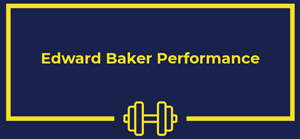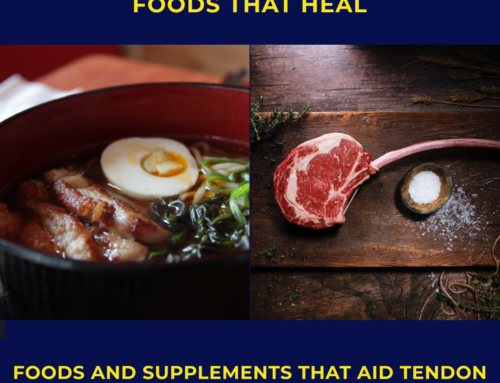
Check out this episode of Fitness Unfiltered where I discuss all things PAIN Click here to listen
If you haven’t read and watched episode 3 in this series, you can do that here
Episode 4: How to deal with pain following injury.
What is the most important thing you MUST do to banish pain, build confidence and speed up recovery?
I’ll get straight to the answer: reconnect with your body.
Hang on, this sounds like some new age mumbo jumbo, are you about to suggest I realign my chi?
Don’t worry, as always this blog post is grounded in cold hard science, garnished with years of sweat, scars and lifting chalk.
What does it mean to reconnect with your body?
We become disconnected from an injured part of our body for two reasons: pain and inflammation. The “disconnection” is not an abstract, psychological phenomenon, it refers to the fact that pain and inflammation interrupt and interfere with effective communication within the body. A simple way to think about it is the reduced coordination we experience when we take our hand out of a cast after a few weeks of immobilisation. The immobilisation causes hardware (physical) and software (neural) changes to the limb and therefore the way we perceive and use it. These changes occur from the cellular level, where changes in the chemical environment are seen, to the level of the muscle fibres, which change their length and force potential, to ability of the muscle and other tissues to accurately relay information to the brain and spinal cord.
It is not only when a limb is immobilised in a cast that this happens – even the temporary swelling associated with an aggravated tendon or a heavy knock picked up in a game can alter the ability of the soft tissues to communicate with the spinal cord and therefore alters the timing and nature of muscle activation.
Pain is a complex output
Most injuries and all surgeries will involve some degree of pain that will persist through part or all of the recovery process following damage to tissues in the body. The simplest way to understand the complex nature of pain is to understand what it is not.
The opposite of pain is strong, well defined conscious coordination of a body part or segment.
We instinctively know this because when we bump something on a hard surface, we rub it with our hands, and when our children bump their knee and cry, we hold them and often kiss the affected area. The touch is not intended to directly affect tissue healing, we do this to restore the sensation of normal, pleasant, clearly represented physical information to the offended area. When we apply tactile, targeted stimulus to a body part, we are updating our sensory cortex – the area of the brain that represents our body to us – and improving its record of our body by sharpening the focus.
When something hurts, or has been operated on, a common reaction to the tenderness, pain and emotional connections to that part of our body is to distance ourselves from it, wrap it in cotton wool, protect it and avoid touching it. This is especially true of scars and it is a mistake if you want a fast return to peak performance.
How to reconnect
You should perform your own soft tissue therapy (where physically possible) and use a qualified practitioner as well to get some passive treatment. If you have a scar from surgery, you should get some bio oil or something similar and massage it, twice a day for a minimum of 20 minutes. You should not cause pain with this, although it may be very uncomfortable and sensitive to begin with.
Here are my tips on how to do this: (obviously you wait until the wound has healed and you no longer wear a dressing)
- Begin with gentle massage using your thumb. If the area is especially tender begin on the periphery of the site and work inward. IF you find yourself holding your breath in anticipation, breath out long and slow.
- Work along the length of the scar both in the direction of the scar and at an angle perpendicular to it.
- As you increase pressure, work in the direction that the muscle shortens.
- Once you are comfortable with this, your goal is to discriminate between different pressures, speeds and directions. Become skilled at differentiating between sensations at the site of injury. This last point is key in establishing a strong, healthy connection with the injured area.
Reconnection is an ongoing process
Managing pain and the associated fear of returning to high intensity training and competition doesn’t stop with massaging your scar tissue. At each stage of recovery, your exercises should emphasise building strong, confident coordination with the recovering body part and associated muscle groups. Don’t be that 40-year-old who says “I’ve got a bad knee, I injured it playing sport in college and it’s always been a problem.” Tissues heal in a matter of weeks or months. Pain and weakness that persist longer than this can be overcome and eradicated for good.
Don’t be a stranger in your own body – establish strong connections with all the moving parts.
If you want to know more about managing injury or you need a custom designed return to play programme, contact me using the form below.
About the author : Edward Baker

Edward Baker is a University Lecturer, Researcher and Strength and Conditioning Coach with over 15 years’ experience working in elite sport.



